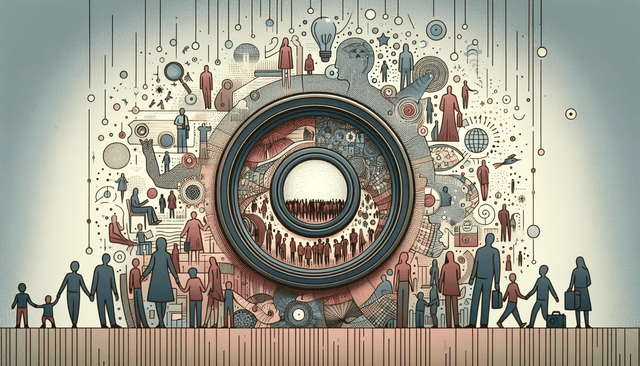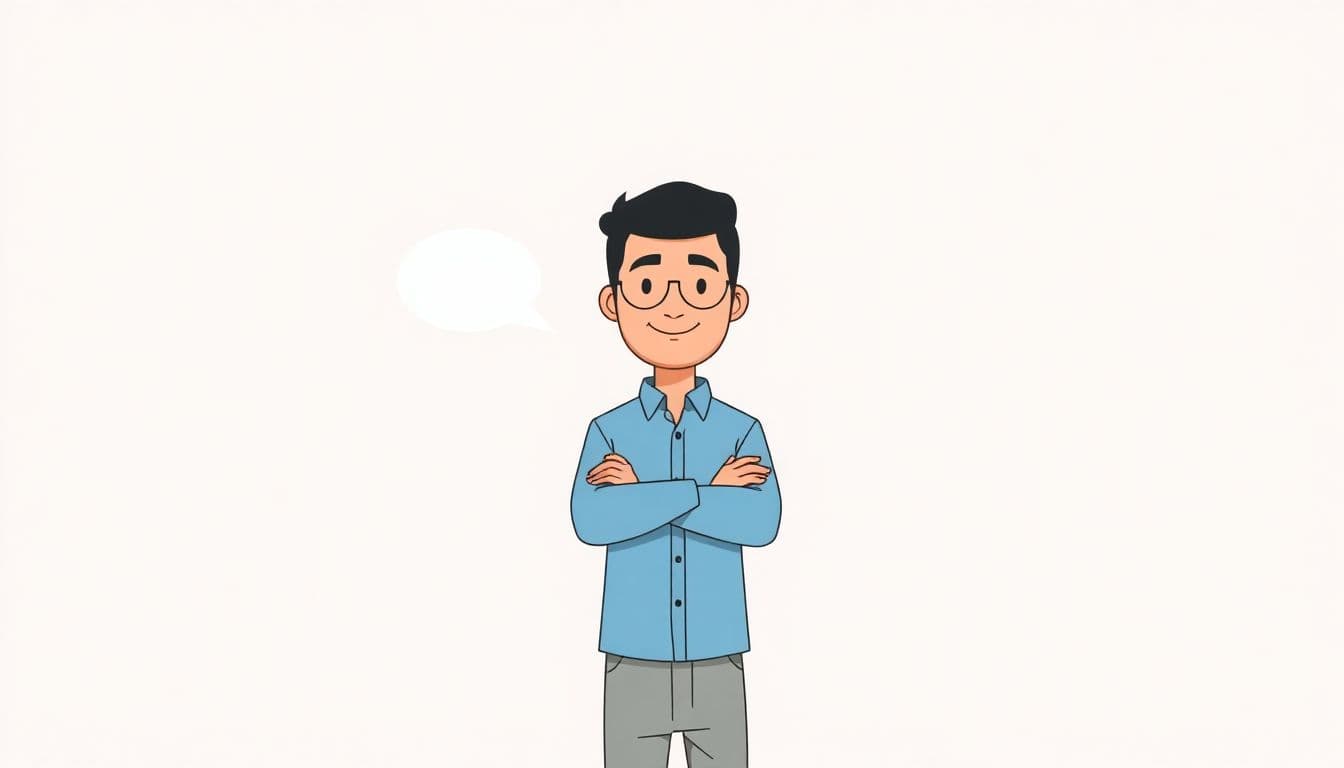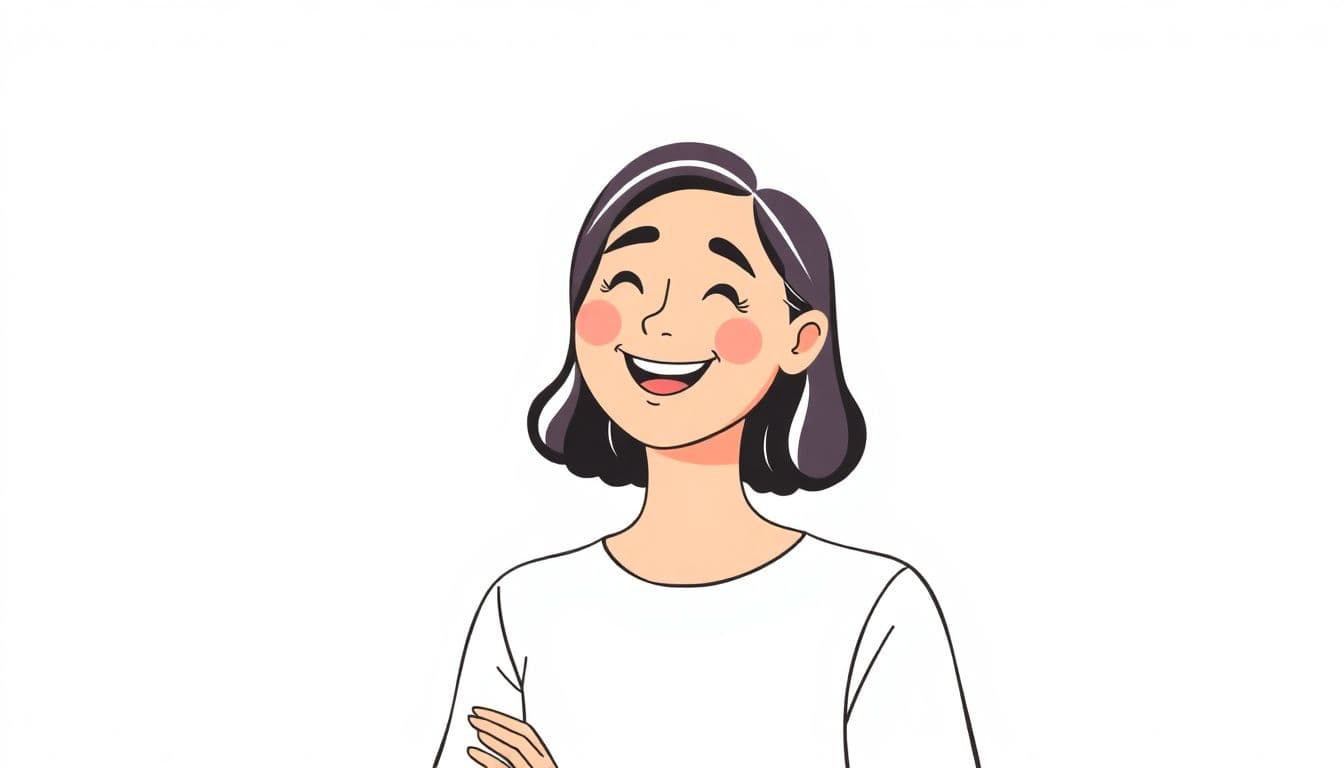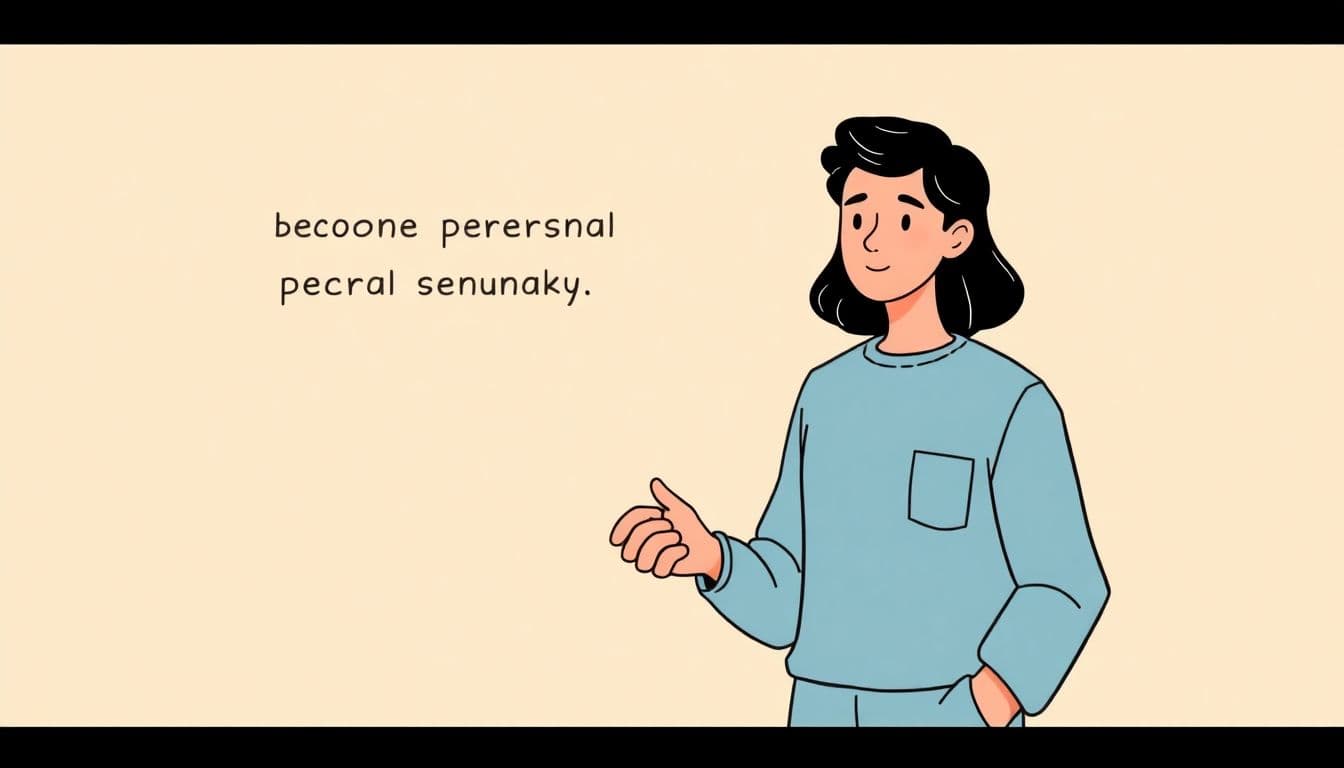Table of Contents
You might be scratching your head, wondering what on earth the fourth person point of view is. If you’ve mastered first, second, and third person, it can feel a bit like you’ve stumbled into a maze with no exit. But fret not! You’re not alone; this viewpoint is often overlooked and misunderstood.
Stick around, and I’ll guide you through the intriguing world of the fourth person perspective. By the end, you’ll have a clearer understanding of how it works and why it can add a unique twist to storytelling.
We’ll explore its definition, characteristics, and the impact it has on narratives. Plus, I’ll share some cool examples and the challenges authors face when wielding this mysterious perspective!
Key Takeaways
- Fourth person point of view expands beyond first, second, and third person, offering a broader narrative perspective.
- This viewpoint emphasizes collective experiences and societal connections rather than individual thoughts and emotions.
- It can create a sense of distance, allowing readers to engage with larger themes and reflect on human interconnectedness.
- Although not widely recognized, some authors utilize this style to discuss communal narratives and societal changes.
- Challenges include maintaining clarity and emotional engagement, as the absence of a central character may confuse readers.

Definition of Fourth Person Point of View
Fourth person point of view is a narrative perspective that exists beyond the traditional first, second, and third person viewpoints. Think of it as a voice that brings an even broader scope, often encompassing the collective experiences of many individuals without focusing on any single person’s thoughts or feelings.
In first person, we get a deeply personal view through the eyes of one character using “I” or “we.” Second person shifts the narrative towards the reader with “you,” creating a direct engagement. Third person can be either limited, reveling in the thoughts of one character, or omniscient, knowing everything about all characters. The fourth person, however, moves out even further, often adopting a more ethereal sense of ‘us’ from a cultural or collective standpoint.
Characteristics of Fourth Person Point of View
This perspective often focuses on shared experiences or universal truths, weaving narratives that resonate across various lives or communities. It emphasizes the connections between individuals, almost like a chorus narrating the tale of a community rather than an individual.
A cool example of this is when a narrator discusses societal changes without tying the narrative to one character’s experience. It may highlight how a community reacts to events rather than just one person’s emotional journey through them.
Unlike first person, which personalizes experiences, fourth person creates a sense of distance but still engages the reader on a holistic level, inviting them to think about broader themes and societal connections.
Usage of Fourth Person Point of View in Literature
While fourth person is not as commonly recognized as the others, some authors have tapped into this unique perspective in fascinating ways. Think of works that discuss wide-ranging human experiences, like global impact stories or cultural phenomena.
An example pops to mind: books that delve into the evolution of societal norms reflect this viewpoint. They discuss collective emotions during big historical events rather than diving deeply into one person’s feelings, allowing readers to feel that shared weight.
Famous authors like [Haruki Murakami](https://www.harukimurakami.com/) have played with various narrative styles, capturing a sense of community even when exploring the intricacies of individual experiences. While it may not be labeled explicitly, traces of fourth person are often woven through their storytelling tapestries.

Impact on Storytelling
The fourth person point of view significantly alters narrative style by inviting readers to engage with the story in a broader context. It creates a wide-angle lens that captures not just individual snapshots but the tapestry of collective experiences.
This perspective often provides a deeper emotional resonance as readers connect with larger themes rather than getting lost in one character’s emotional turmoil. It can evoke empathy for the collective rather than just the individual, creating a powerful bond.
Moreover, by distancing readers from a single narrative, fourth person can provoke critical thought about societal issues, encouraging reflection on the interconnectedness of human experiences.
Examples of Fourth Person Point of View
Examples of fourth person point of view can often be subtle, hiding in plain sight within works that reflect on communal life. One striking example is the narrative style found in David Foster Wallace’s works, which often touch upon collective societal experiences.
In film, the cinematic storytelling style of movies like “Cloud Atlas” illustrates this perspective through interwoven stories that span various timelines and characters, emphasizing shared experiences across different lives.
These examples not only illustrate how fourth person is woven into narratives but also showcase how this perspective enriches the storytelling landscape, allowing for a more nuanced understanding of events and emotions.
Limitations and Challenges
Writing from a fourth person point of view poses unique challenges that can make it a tricky path to navigate. One major difficulty is maintaining clarity, as readers might struggle to grasp the narrative without a central character to anchor their understanding.
Additionally, achieving emotional engagement can be daunting, as the emotional distance can sometimes create barriers between the story and the reader. Balancing the broad scope with individual experiences is no easy feat either.
Writers must be cautious to avoid losing the reader in abstraction, ensuring the collective voice remains compelling without sacrificing clarity or emotional depth.

Limitations and Challenges
Writing from a fourth person point of view can feel like doing a dance with abstraction, where clarity often takes the lead. Maintaining a clear narrative can be tough since readers may struggle to connect without a specific character as an anchor.
This distance can also make it a bit harder to tug on readers’ heartstrings. A broad perspective may lead to emotional disengagement, as readers might struggle to empathize with wider social themes instead of individual characters.
Writers must strike a fine balance between showcasing the communal experience while still providing enough personal touch to keep the audience invested. It’s a bit like cooking a stew; too much of one ingredient can overwhelm the others, making the dish less appetizing.
Conclusion
In summary, the fourth person point of view offers a unique and expansive lens for storytelling that dives into collective human experiences. It ripples through societal changes and cultural phenomena without tying the narrative to an individual’s feelings, creating a richer tapestry of emotion.
As we’ve seen, this perspective can spark empathy and critical reflection, allowing readers to ponder interconnected lives instead of focusing solely on one. However, the dance of clarity and emotional connection poses its own set of challenges for writers.
Ultimately, the fourth person point of view opens up a wealth of possibilities in literature and creative writing, encouraging a broader understanding of our shared human experience. As you explore stories crafted with this perspective, you might find yourself pondering not just “what happened” but “what does it mean for all of us?”
FAQs
The fourth person point of view is a narrative perspective that steps beyond traditional first, second, and third perspectives, focusing on collective experiences or abstract concepts, often blurring individual identities.
Fourth person differs by emphasizing collective understanding rather than individual experience. It often includes the reader’s involvement, creating a shared sense of identity that contrasts sharply with the personal insights of first-person narrative.
Examples include “The Book of Disquiet” by Fernando Pessoa and “If on a winter’s night a traveler” by Italo Calvino, where narratives intertwine personal and collective experiences, inviting readers into a shared consciousness.
Challenges include maintaining clarity and coherence, as the collective perspective can confuse readers, making it difficult to follow individual character arcs or emotions within the broader narrative framework.



